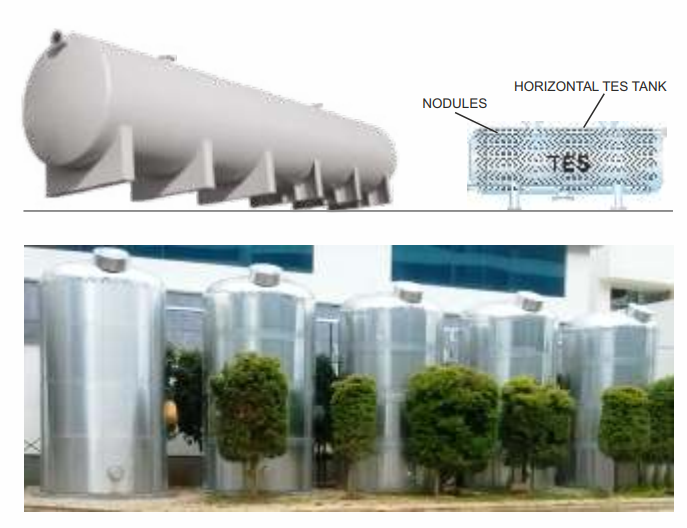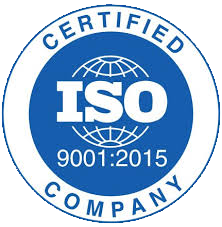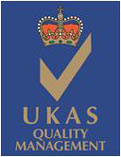
Product Groups
KRISTESS - Energy Efficient Solutions
Optimal energy management is imperative in today’s environment where there is a growing need to be eco-friendly and where energy costs run high. The Kehems’s TES system serves this very purpose as it applies the concept of energy storage to all types of air-conditioning, refrigeration and low-grade heating requirements, thereby enabling efficient Energy Management.
The TES is particularly well-adapted to industrial, commercial and residential air-conditioning and refrigeration requirements. Commonly used to supplement energy requirements for peak plant operational hours, the TES can also be utilised as an ideal backup system as it provides non-stop cooling during frequent power outage.








